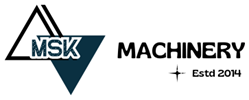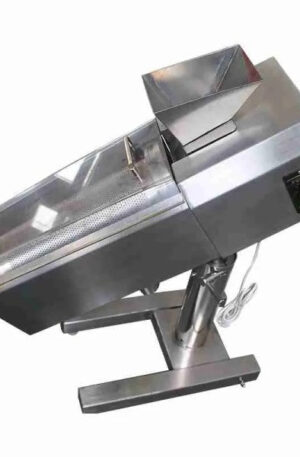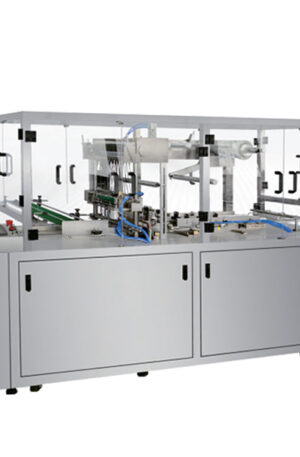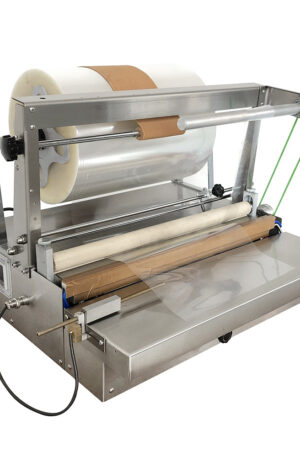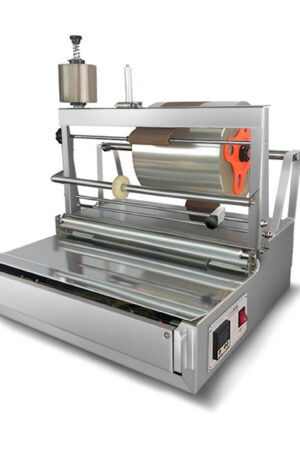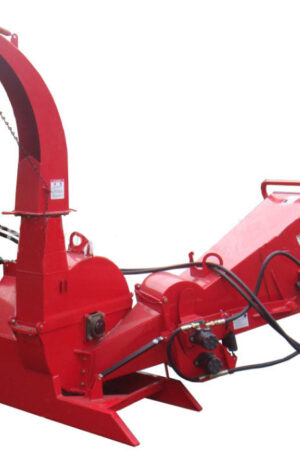Title: **The Evolution of Pharmaceutical Machinery: From Traditional to High-Tech Solutions**
Pharmaceutical machinery plays a crucial role in the manufacturing process of medications, ensuring efficiency, accuracy, and safety. Over the years, the industry has witnessed a significant transformation in the design and functionality of these machines, moving from traditional to high-tech solutions to meet the increasing demands of the pharmaceutical sector.
Traditionally, pharmaceutical machinery consisted of basic equipment such as table press machines and capsule filling machines. Table press machines, widely used in the production of tablets, were vital for compressing powdered ingredients into solid dosage forms. These machines, such as the TDP (Tablet Press) and THDP (Tablet High-Speed Double Rotary Press), were manually operated and required constant monitoring to maintain quality standards.
With advancements in technology and automation, the pharmaceutical industry shifted towards high-tech solutions to improve production efficiency and meet stringent regulatory requirements. Modern table press machines are now equipped with electronic controls, automated systems, and real-time monitoring capabilities. The integration of software systems allows for precise dosage control and quality assurance, reducing human error and increasing productivity.
Similarly, capsule filling machines have also evolved, incorporating innovative features to enhance performance and output. Traditional capsule filling machines required manual loading of capsules and powder, limiting production capacity and efficiency. The introduction of automated capsule filling machines revolutionized the process, allowing for faster production speeds, consistent dosing, and reduced wastage.
The TDP (Tablet Press) and THDP (Tablet High-Speed Double Rotary Press) remain popular choices for pharmaceutical manufacturers, particularly for high-volume production. These machines are now equipped with state-of-the-art technologies such as servo motors, touch-screen interfaces, and data tracking systems. The ability to adjust compression force, monitor machine performance, and analyze production data in real-time has optimized the manufacturing process and improved product quality.
In conclusion, the evolution of pharmaceutical machinery from traditional to high-tech solutions has significantly impacted the efficiency and productivity of the industry. The integration of advanced technologies in table press machines, capsule filling machines, and other pharmaceutical equipment has streamlined production processes, ensuring precision, consistency, and compliance with regulatory standards. As the pharmaceutical industry continues to innovate and adapt to changing market demands, the role of high-tech machinery will continue to be instrumental in driving progress and growth.
